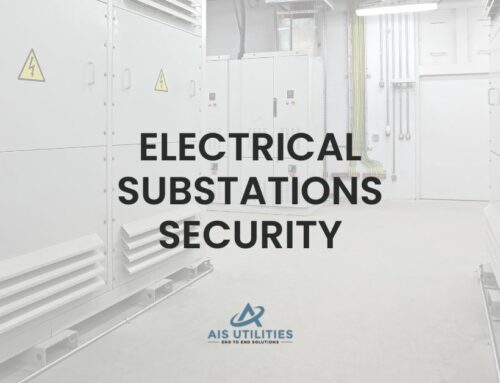
In the realm of construction and development, encountering the acronym NAV (New Appointments and Variations) is likely. But what exactly does NAV signify? This article delves into the concept of NAV, explaining its purpose and how it facilitates large-scale projects.
What is NAV?
NAV stands for New Appointments and Variations. It’s a system established by water authorities that enables developers to leverage the existing water network for substantial construction projects.
Essentially, NAV streamlines the process of connecting new developments to the water supply infrastructure. This system eliminates the need for developers to construct entirely new water networks, reducing costs and project timelines.
How Does NAV Work?
The NAV process typically involves the following steps:
1. Application: Developers submit an application to the relevant water authority outlining their project’s water demands and requesting NAV connections.
2. Assessment: The water authority meticulously assesses the application, considering factors like the project’s size, water consumption requirements, and potential impact on existing infrastructure.
3. Approval and Fees: Upon approval, the developer receives a formal agreement outlining the specific NAV connections allocated to the project. Associated fees, determined by the water authority, cover the cost of modifications and meter installations.
4. Construction: The developer, in collaboration with the water authority, executes the approved NAV connections, ensuring seamless integration with the existing water network.
Benefits of Utilizing NAV
NAV offers a multitude of advantages for both developers and water authorities:
Conclusion
NAV serves as a valuable tool for facilitating large-scale developments. By providing a framework for connecting new projects to the existing water network, NAV reduces costs, expedites project completion, and promotes sustainable development practices. If you’re a developer embarking on a large-scale project, understanding NAV and exploring its potential benefits can prove advantageous.
Want to know more about utility connections?
Exploring the intricacies of utility connections can be a complex endeavour. This is where a multi-utility connection provider like AIS Utilities can be a valuable asset. Our Information Hub offers a wealth of resources to guide you through the process, simplifying utility connection for your medium to large-scale projects. Let AIS Utilities be your partner in navigating the world of utility connections.
Sources:
- Application guidance for new appointments and variations Ofwat: https://www.ofwat.gov.uk/wp-content/uploads/2018/08/NAV-application-process-guidance-Sep-18.pdf
- The NAV Process Icosa Water: https://www.icosawater.co.uk/developer/developing-a-site/the-nav-process/
- New Appointments and Variations (NAVs) South West Water: https://www.southwestwater.co.uk/building-and-development/services/water-supply-connections/nav
- Choosing your supplier Ofwat: https://www.ofwat.gov.uk/regulated-companies/markets/nav-market/choosing-a-supplier/



